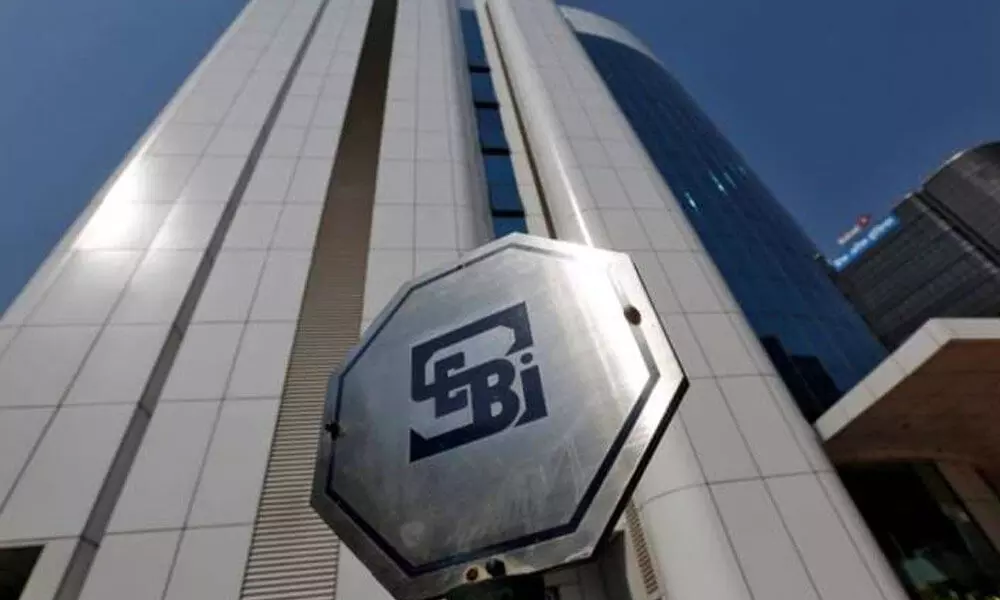Sebi plans new framework for SPACs
The regulator is expected to provide qualifying criteria for sponsor to ensure only seasoned and sophisticated individuals, with senior management level business and public company experience are allowed as a sponsor for an IPO through a special purpose acquisition companies (SPACs) vehicle
image for illustrative purpose

New Delhi: Capital market regulator Sebi is planning to come out with framework on special purpose acquisition companies (SPACs), which will enable listing of startups on domestic stock exchanges, sources said on Thursday. The regulator is expected to put in place guidelines in this regard next week, they added.
SPACs or blank cheque companies are formed to raise capital in an initial public offering (IPO) with the purpose of using the proceeds to identify and merge with a target company. SPACs are usually formed by private equity funds or financial institutions, with expertise in a particular industry or business sector, with investment for initial working capital and issue related expenses. Such companies have recently become popular in the US.
There has been increasing demand that SPACs should be allowed in India as well. Under the framework, Sebi may put in place a separate set of regulations on SPAC, whereby detailed listing rules would be provided for such firms. This would include a minimum threshold size for an IPO, sources said.
The regulator is expected to provide qualifying criteria for sponsor to ensure only seasoned and sophisticated individuals, with senior management level business and public company experience are allowed as a sponsor for an IPO through a SPAC vehicle. The founder or sponsor might be required to invest a minimum amount of seed capital and remain invested even post de-SPAC for a specific period of time under the new framework.
Vikas Bagaria, Partner for Audit and Assurance at Deloitte India said that a founder or sponsor should remain invested for a period ranging from 12 months to 18 months post reverse merger of the target company with the SPAC. Further, they must hold equity position in the merged entity between 10 per cent and 20 per cent post de-SPAC, he added. According to him, SPAC vehicle should be be given 24 months to 36 to complete the acquisition. He, further, said that an opportunity should be given to the dissenting shareholders to redeem the investment in case the individual investors do not approve the merger proposed by the SPAC sponsor.
The SPAC listing rules may define the requirement of due-diligence, audits, controls framework on financial reporting to be included in the draft papers related to the target operating companies for pre-clearance with the Sebi before the merger is taken-up for approval from the SPAC shareholders. The framework is likely to impose a condition not to proceed with the proposed qualifying acquisition if more than a pre-determined percentage of public holders of securities vote against the proposed acquisition. Public holders of securities who vote against a qualifying acquisition that is completed might be allowed to redeem their securities for their pro-rata portion of the escrow funds.

